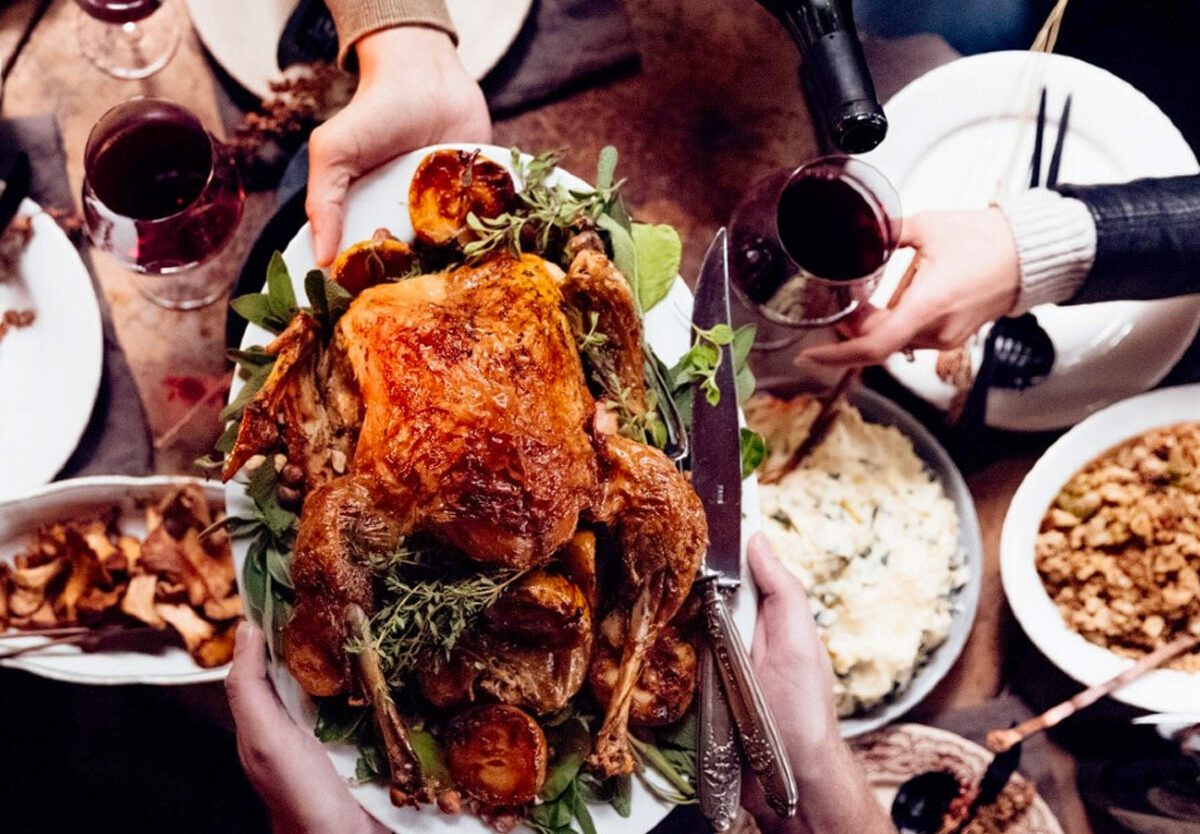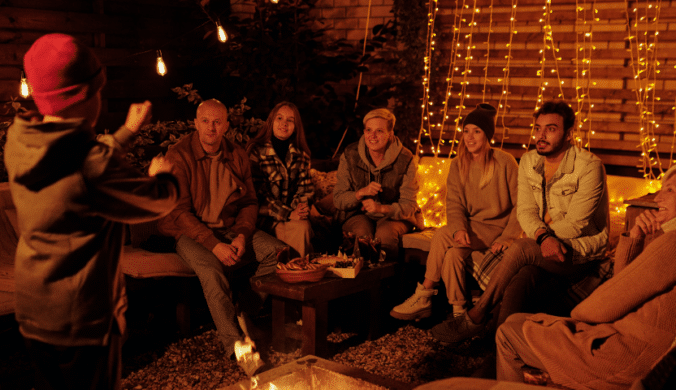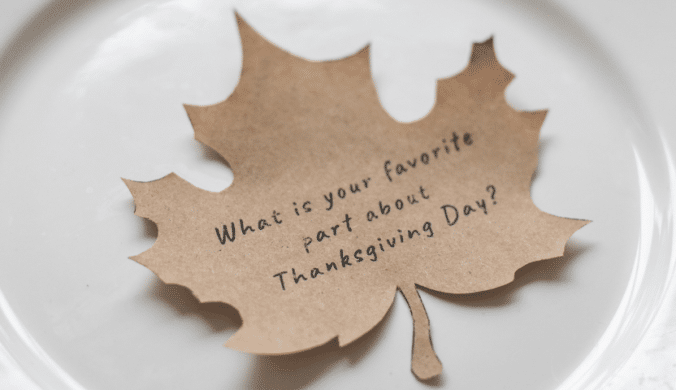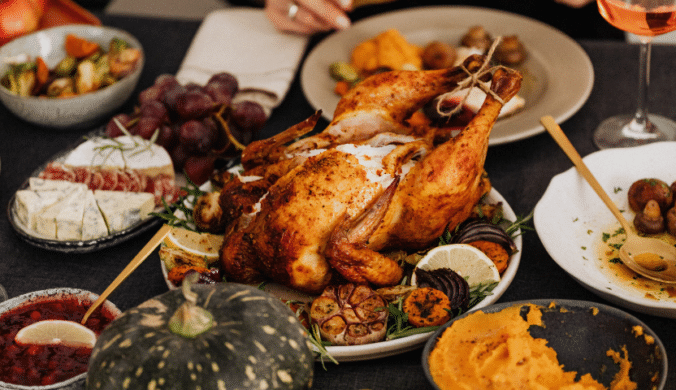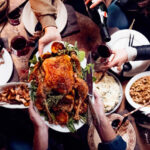America’s Thanksgiving holiday, born in the 1500s, mythologized in 1621, and observed even during the bleakest hours of the Civil War, now stands as one of the nation’s most anticipated and beloved days — celebrated each year on the fourth Thursday in November (November 27, 2025). Perhaps no other nonsectarian holiday has more tradition. Family, friends, food, and football have come to symbolize Thanksgiving — a rare celebratory holiday without an established gift-giving component. Instead, the day urges all of us to be grateful for things we do have.
History of Thanksgiving
Thanksgiving 2022
In fact, in the spirit of gratitude and thanks this Thanksgiving, See’s has created shareable “Thank You” cards to help you express your gratitude to all the special people in your lives.
It is clear that Thanksgiving will be a little different this year. Americans will travel less and spend less time with family, making it more important than ever that they find some new and creative ways to express what they are thankful for.
These cards each contain themed messages that can be shared with your family and friends this Thanksgiving. Simply choose a message and tag whomever in your life you want to share it with. You can even add a custom note to the social post to make the cards even more special.
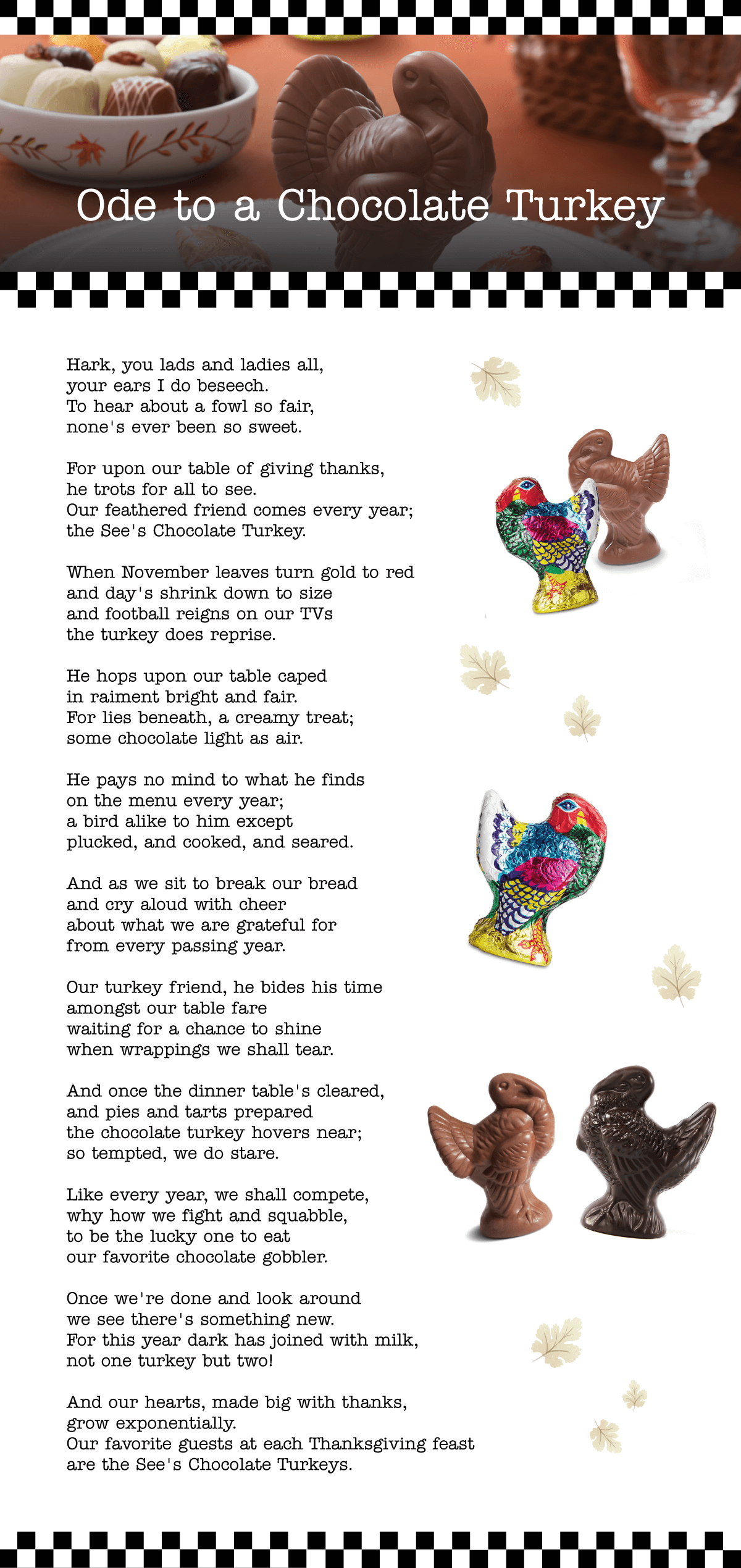
Thanksgiving timeline
Religious scholars argue that Catholic Spanish explorers held a “Mass of Thanksgiving,” in Saint Augustine, Florida — the oldest settlement in the U.S.
Plymouth colonists and Native Americans from the Wampanoag tribe share an autumn harvest feast, marking one of the first Thanksgiving celebrations.
President Washington issues the U.S. government’s first Thanksgiving proclamation — calling on Americans to express gratitude for the new nation and the Constitution.
President Lincoln urges Americans during the Civil War to ask God to “commend to “heal the wounds of the nation,” followed by the scheduling of Thanksgiving for the final Thursday in November.
In an effort to jolt the nation out of the Great Depression, President Franklin Roosevelt moves the holiday (potentially) up a week — to the fourth Thursday in November.
Thanksgiving - Survey Results
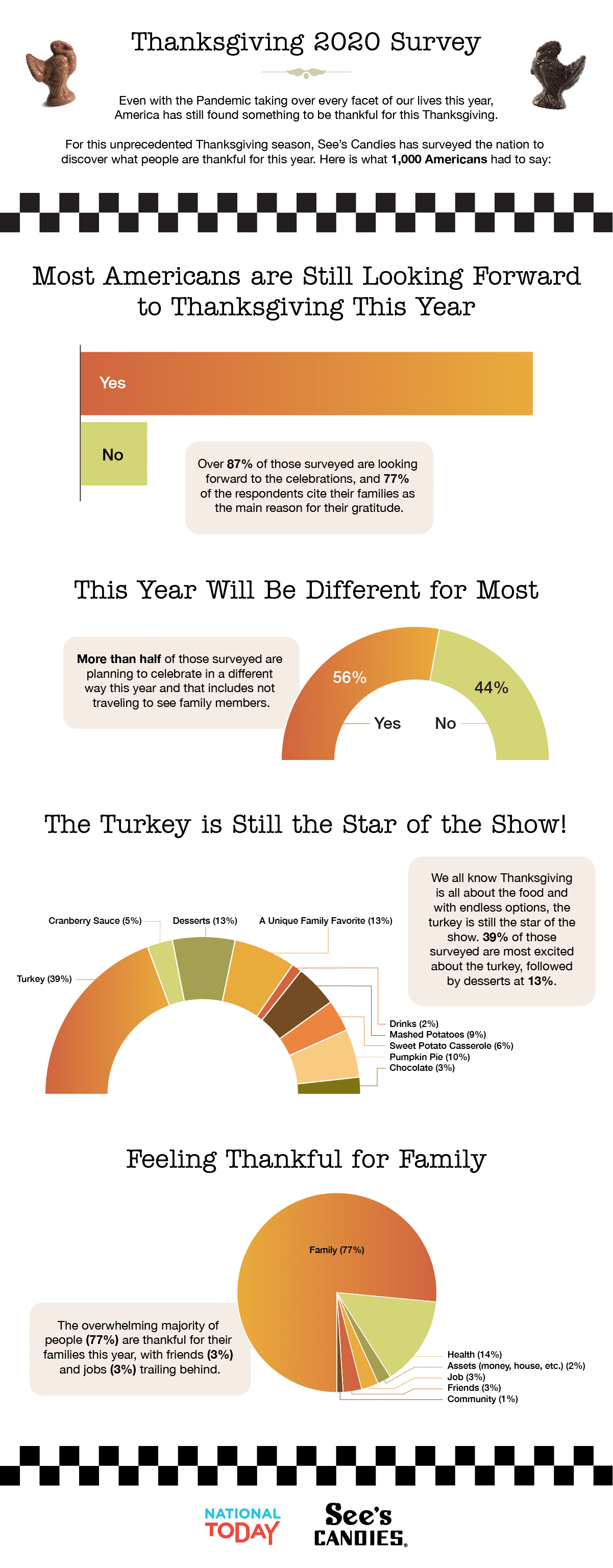
Thanksgiving Traditions
Thanksgiving FAQs
Why is Thanksgiving so late?
Why is Thanksgiving on the fourth Thursday?
What week number is Thanksgiving 2022?
Thanksgiving Activities
Volunteer
Before sitting down to enjoy a nice warm meal at home, invite the family to join you to serve the community by volunteering at a local shelter. It's a great way to give back to those less fortunate and provides an opportunity for the whole family to do something good.
Bake a pie
Pies are one of the classic Thanksgiving staples. Pecan, pumpkin, apple, cherry — you literally cannot go wrong. Preheat the oven, throw on an apron, and get cooking!
Start a take-out tradition
Cooking a Thanksgiving meal can take hours. Lots of restaurants serve Thanksgiving dinners. Or start a new tradition by ordering take-out! It can be the Chinese restaurant down the street, Indian curry, even your favorite pizza place. And tip well! The day is all about being grateful.
5 Amazing Facts About Thanksgiving
Four towns named ‘Turkey’
In the United States, four different towns in Arizona, Texas, North Carolina, and Louisiana are named Turkey.
A lot of calories are consumed
The average number of calories consumed during Thanksgiving festivities amounts to 4,500.
You can celebrate Thanksgiving 17th-century style
If you want to experience Thanksgiving like it was back in the 1600s, part of Plymouth, Mass is still more or less the same as it was back then — tickets for celebrating Thanksgiving there are purchased months in advance.
The first Macy’s Thanksgiving Day Parade
The first Macy’s Thanksgiving Day Parade in the early 1920s didn’t have any giant floats or balloons.
46 million turkeys
Americans prepare an estimated 46 million turkeys for Thanksgiving feasts every year.
Why We Love Thanksgiving
The food
Traditional Thanksgiving dinners generally include turkey, mashed potatoes with gravy, buttered vegetables, warm pumpkin pie, and other indulgent foods. But honestly, anything goes. Vegan’s just fine too.
Family and friends
Thanksgiving is a time when friends and family gather to express gratitude. For some people, it's an occasion to be with family you don't see often. For others, it's a time to get all their friends (Friendsgiving!) together for food and fun.
Four-day weekend
Americans look forward to their extended holiday weekend right around the time Halloween ends. Thanksgiving Day starts a mini work/school vacation that also includes Black Friday and Small Business Saturday.
Thanksgiving dates
| Year | Date | Day |
|---|---|---|
| 2024 | November 28 | Thursday |
| 2025 | November 27 | Thursday |
| 2026 | November 26 | Thursday |
